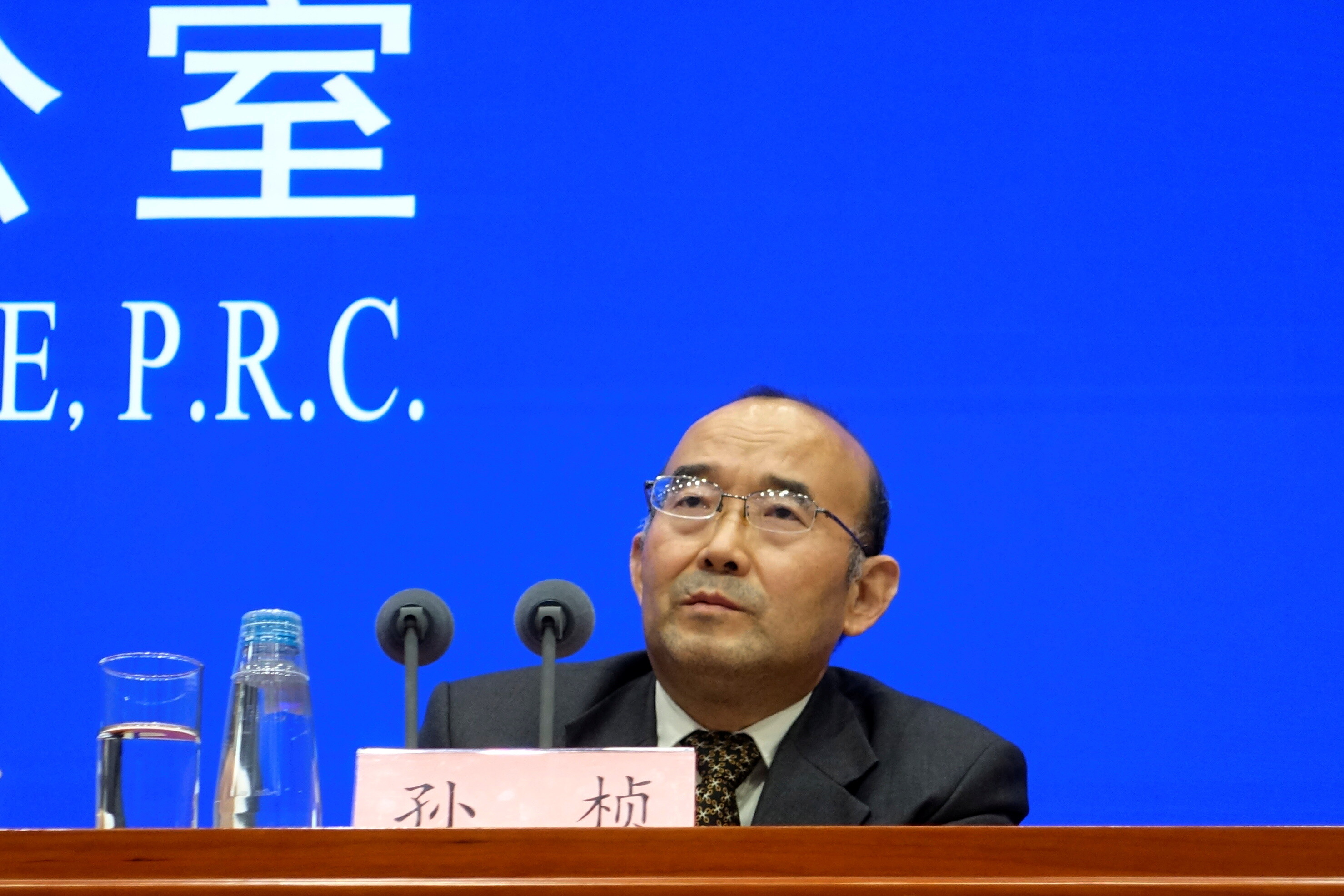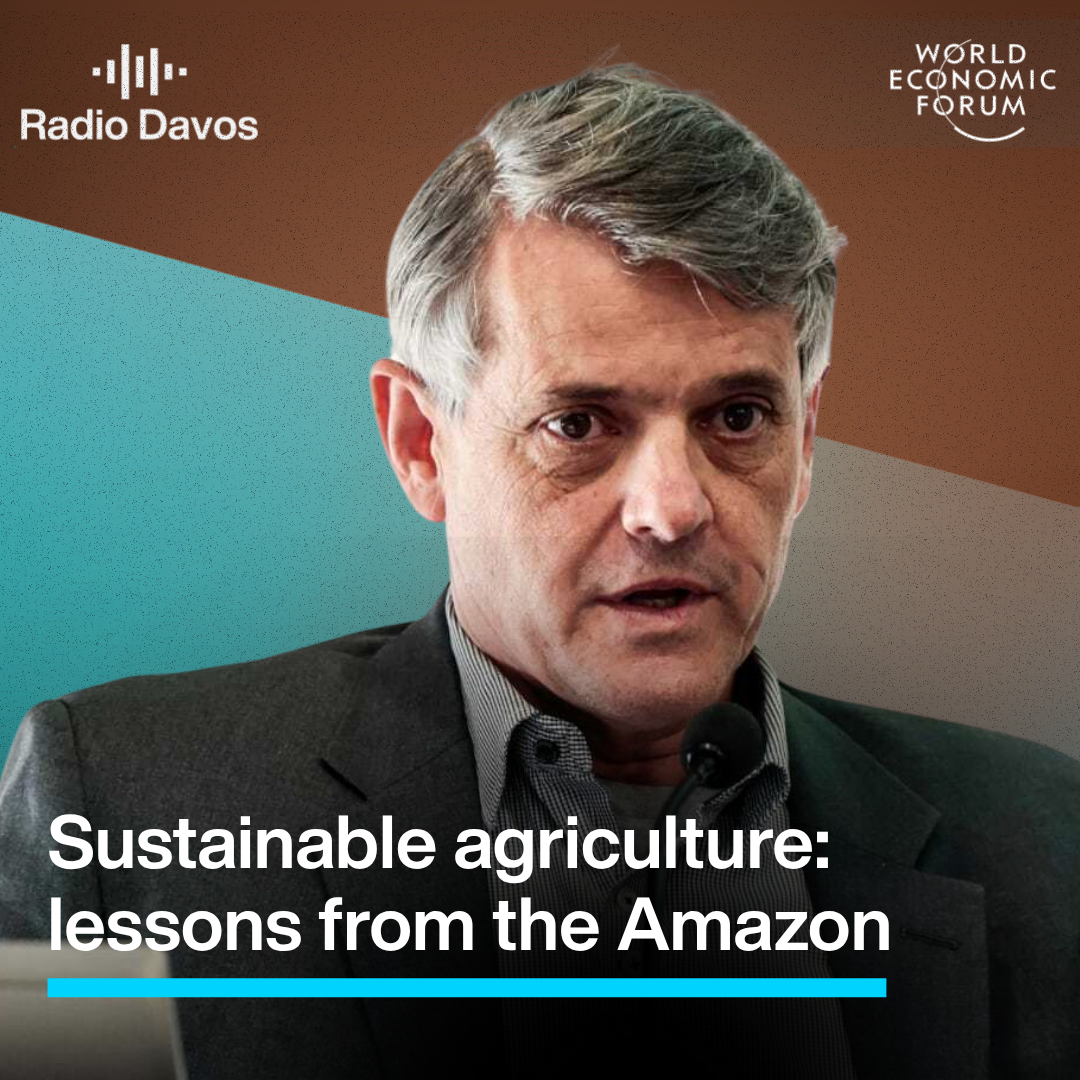Recycled material could help tackle many of fast fashion’s environmental problems. Here’s how

Recycled material could solve fashion's sustainability problem. Image: Unsplash/Waldemar
Listen to the article
- While the fast fashion model has delivered low prices for consumers, its social and environmental costs have been far higher.
- Technology transforming the recycled materials landscape could improve the industry by tackling some of its sustainability problems.
- Using recycled material in clothing can help reduce emissions and encourage more sustainable fashion manufacturing practices.
The fast fashion model is simple. Figure out what consumers want, produce a lot of it and repeat.
While this model has delivered low prices to consumers, its social and environmental price has been high, fuelling carbon emissions, mountains of contaminating waste and a range of human rights infringements.
This model has never been sustainable but technology transforming the recycled materials landscape could change that equation for the better.
In fact, using a high proportion of recycled materials could help scale sustainable practices or at least help tackle many of the sector’s sustainability problems. Without changing fast fashion’s business model, high use of recycled materials appears to be the only way to do this.
A new understanding of recycled material solutions
The benefits to recycled materials are clear. Using recycled content in clothing can reduce CO2 by up to 80%, as well as creating huge reductions in chemical and water usage which in turn improve soil quality, and stop the diversion of water from surface and groundwater sources.
Recycling materials also creates a market for end-of-life fibres. Only about 1% of all clothes are recycled. With nearly 90% of clothing sold in some markets being made from cotton or polyester, a market that repurposes these materials for a new use creates a financial incentive to collect unwanted textiles.
Change at scale can be difficult for legacy clothing brands who have gotten used to a profitable business model. Indeed, the rankings in Kearney’s Circular Fashion Index have scarcely changed over the past years, demonstrating that most legacy brands are not addressing their environmental footprints in a material way.
However, key developments in technology can make scale for recycled materials possible. Maximizing this technology will require rethinking what is and isn’t possible in the fashion space.
Myth: Recycled yarn is more costly than virgin yarn
For many years, brands and designers were reluctant to use recycled yarn due to its cost. For example, recycled polyester has been available since the 1990s, but the industry was slow to transition because of the initial higher costs.
However, today recycled polyester is often similarly priced to its virgin counterparts . In the area of cotton recycling, thanks to new technical innovations which can open up material whilst maintaining fibre length, certain recycled yarns made from a mix of pre- and post-consumer ‘waste’, can actually be less expensive than virgin yarn with equal quality.
Depending on how well sorting of the inputs has been done, colour limitations may exist for this yarn, but otherwise a similar quality to virgin cotton can be achieved at a lower price, making this an appropriate option for the fast fashion model.
Myth: Recycled yarn is of lower quality than virgin yarn
In the early days of recycling, recycling textiles generally meant decreasing its quality as fibres were shredded, and recycled yarn was used for lower value applications. For example, recycled cotton was only used for fillings/stuffings (e.g. for cushions).
But today high-quality fabric can be made either as a mix of recycled and virgin material or in some cases as 100% recycled cotton. Pre- and post-consumer textile waste can now be recycled and used to produce yarn that are then used in making new clothing items. While 100% recycled material may seem like the ideal scenario, sometimes blending recycled with virgin material can increase the stability of the material, increasing the lifespan of the garment in the mid-term.
These recycled yarns are on the coarser end of the scale and therefore most appropriate for denim, chino, canvas, and t-shirts – trends and styles that are staple in the fast fashion industry. While ‘finer’ threads such as business shirts cannot yet be made through such processes, a wider range of coarser fabrics can be used in affordable fashion, potentially sparking new and distinct trends.
Myth: Fabrics made from a blend of materials cannot be recycled
Until very recently, fabric made from a blend of materials (e.g. polyester and cotton) could not be recycled at all. However, new fiberizing and spinning technologies are now emerging meaning that mixes of polyester and cotton can be recycled together.
Some fast fashion retailers and startups have collaborated with research institutes to develop a technology enabling the commercial recycling of blended material without loss of quality. The technology is already viable – the key now is to figure out what the industry needs to accelerate adoption.
The key to enabling this model is creating streams of identical inputs, which can most easily be done by collecting items from businesses such as work uniforms or hospital sheets which are all exactly the same from a material, colour and design perspective.
This could also work well for fast fashion brands if they collected and sorted unwanted clothes, as they know the exact material composition of each of their garments and have huge streams of potential inputs.
What’s needed now for recycled material
Scaling recycled material is often seen as a chicken and egg problem: a market for recycled materials can’t exist until fashion brands commit to them, but big brands can’t produce at scale if the market isn’t ready.
However, key models – like Ellen MacArthur Foundation’s Jean Redesign programme – demonstrate what’s possible when a cross section of industry minds tackle a problem like sustainable fashion. In 2021, this initiative worked with top jeans brands to identify how to design denim for reuse.
The group crafted guidelines encouraging the use of 98% cellulose-based fibres (ensuring new jeans sold could be recycled at a high quality), with cellulose threads (that won’t disrupt the recycling process), and resulting garments that can be easily disassembled (ones no longer using classic elements like rivets that can be difficult to remove).
In other words, new solutions are possible, assuming makers are committed to both co-designing solutions across the value chain and creating demand for long-term, meaningful change. Here's what is needed:
Reskilling: A scale up, however, will require a sector-wide reskilling. Designers today can often view recycled yarn as second best, preferring to work with virgin yarns even when high quality and cost competitive recycled alternatives exist. Many are not yet used to working together with R&D to help them to develop sustainable solutions acceptable for their designs. More training and awareness in different areas of the industry – from design schools, to in-house training for experienced designers and to mills with long traditions – can help deliver progress at speed.
New pipelines: A viable pipeline of recycled fabric will also be critical. From 2025, the EU will force textiles to be collected separately from other waste streams, meaning more collection and less contamination of textiles with other waste streams. Further policy that incentivizes a supply of fabric will be required for scale. Options could include a deposit scheme for clothing which puts value on unwanted clothes much like those for PET bottles in various geographies today.
More technological investments: More importantly, however, will be the investment in the relevant technologies. Advances in recycling technology, that have enabled breakthroughs such as 100% recycled cotton (such as that produced by Saentis) and recycling of blended materials, are the fundamental requirement to making recycling a commercially viable solution. However, collection and sorting are also key as they tend to be expensive, as well as more research and development and testing for both nascent technologies, such as chemical recycling for polyester clothing, and deploying existing technologies like mechanically recycled cotton at scale is also needed. Fashion For Good, for example, hosts an innovation platform that connects innovators with brands, retailers and manufacturers to develop and scale new ideas in this space.
Recycled materials can transform fast fashion
A world where fast fashion was supplied solely by recycled fabrics could prove to be a game-changer.
The latest fashions would go to not to landfills in far off corners of the world but be a valuable resource sent to new recycling plants that will have sprung up in high-income countries. Some brands have even begun offering incentives, like discounts and rewards, for shoppers to send back clothing, ensuring these vital fibres stay in their system.
What is the World Economic Forum doing about the circular economy?
Finally, the 2% of global cropland used for cotton could be partially repurposed to grow food for local populations and the crude oil savings from reduced polyester production could be used for other purposes.
Scaling recycled material won’t happen overnight, but it is the only way for brands to continue their fast fashion model whilst significantly reducing their environmental impact, creating a more sustainable solution that works for business and the Earth.
Don't miss any update on this topic
Create a free account and access your personalized content collection with our latest publications and analyses.
License and Republishing
World Economic Forum articles may be republished in accordance with the Creative Commons Attribution-NonCommercial-NoDerivatives 4.0 International Public License, and in accordance with our Terms of Use.
The views expressed in this article are those of the author alone and not the World Economic Forum.
Stay up to date:
Climate Crisis
Forum Stories newsletter
Bringing you weekly curated insights and analysis on the global issues that matter.
More on Climate Action and Waste Reduction See all
Planet in focus: The technologies helping restore balance – and other news to watch in frontier tech
Jeremy Jurgens
November 13, 2025






